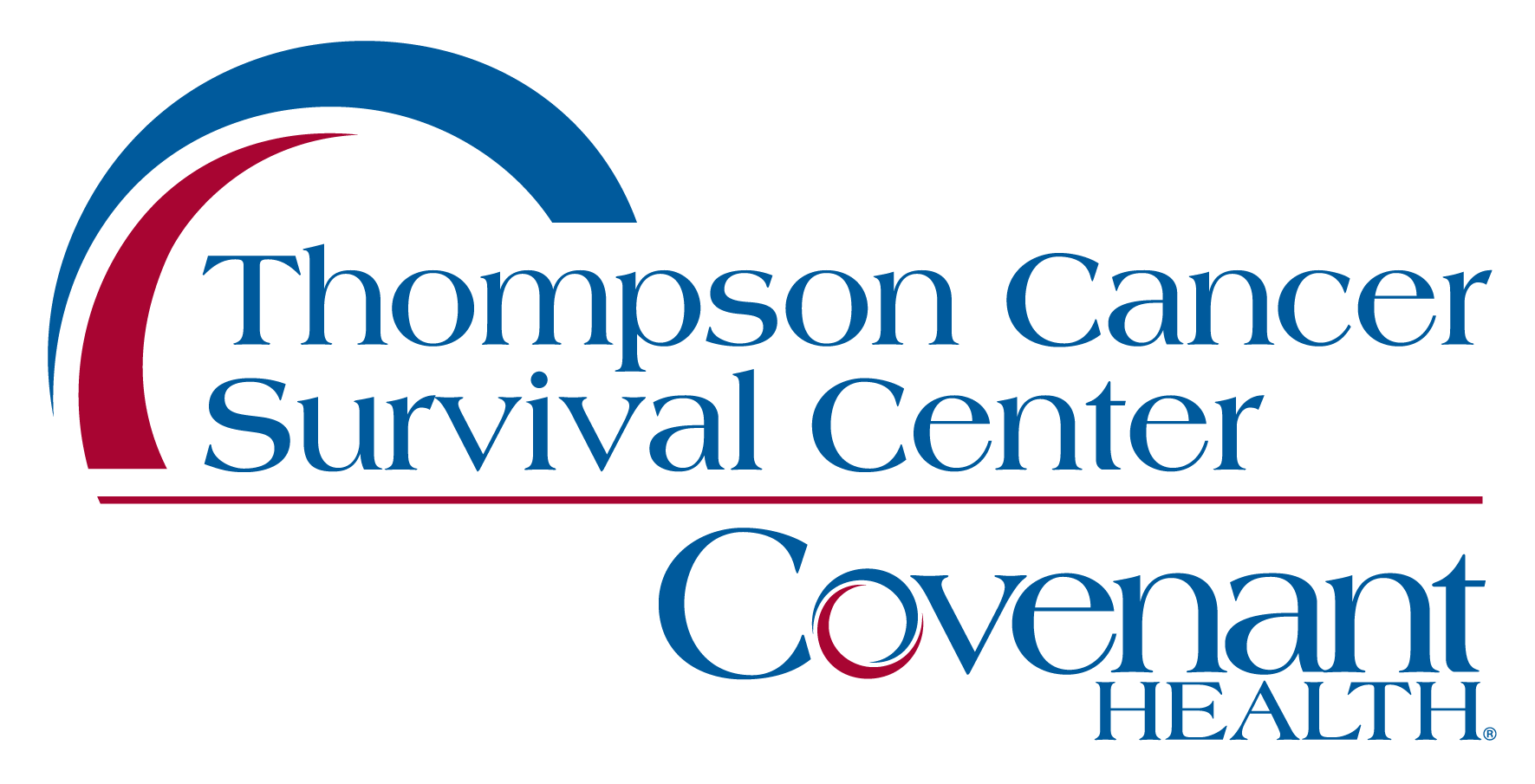Breast Cancer Screening

Self Examination
All women should do a monthly breast self-exam. The ideal time is a few days after the end of the menstrual period, when the breasts are not swollen or tender. There are five parts to a breast self examination:
Look in the mirror with shoulders straight and hands on hips.
- Check to see if breasts are their usual size, shape and color.
- Check for distortion or swelling.
- Dimpled, puckered or bulging skin
- Inverted nipple (point in instead of out)
- Redness or rash
Look in the mirror with arms raised:
- Do the same visual checks as with arms down.
Squeeze each nipple and check for milky or yellowish discharge or blood.
Lie down and feel the breasts
- Check the left breast with the right hand and the right breast with the left hand.
- Feel with fingers flat and together.
- Feel each breast completely (armpit to breastbone, collarbone to ribs) using a circular pattern from the nipple out or a series or vertical rows.
- Examine every area with a soft touch to feel for lumps near the surface, then with a progressively firmer touch to feel for lumps deeper down.
Stand up and feel breasts
- Repeat the checks done lying down.
Screening Mammogram
All women over 40 should have screening mammograms every year or two. Women under 40 with breast cancer risk factors may also be advised to have screening mammograms. Mammograms can detect breast lumps before they are big enough to feel. The lumps may be either benign or possibly cancerous.
The certified technologists at Thompson Comprehensive Breast center perform 12,000 mammograms annually. Each one is read by a board-certified diagnostic radiologist and by an R2 image checker, which is like having a second opinion on every mammogram. The R2 marks areas that need closer examination to prevent false negative readings.
To learn more about breast cancer screening, watch this video.
Breast MRI
Magnetic resonance imaging (or MRI) scans uses magnetism, radio waves and computer image manipulation to produce an extremely detailed image without radiation. Because of the extremely powerful magnetism of MRI scanners they cannot be used on patients with any metal implants or pacemakers. Although they are not appropriate for all women, breast MRIs provides accurate imaging for women with implants or extremely dense breasts.
Clinical Breast Examination
A clinical breast examination is similar to a breast self examination. Having a physician or other healthcare professional perform a regular clinical breast examination is an important double-check for possible irregularities.
Genetic Counseling
Thompson’s genetics clinic identifies women who are likely to have a hereditary predisposition to breast and/or ovarian cancer. Women who are identified as at risk are offered additional counseling on the genetics of hereditary cancer, genetic testing options and risk reduction. Indications for a breast/ovarian cancer genetics evaluation include:
- Women or close relatives of women who have had breast cancer before age 50, who have had bilateral breast cancer, or who have had ovarian cancer at any age.
- Women who have had breast cancer at any age and with two or more close relatives who have also had breast cancer at any age.
- Any male patient who has had breast cancer or a close relative of a male with breast cancer at any age.
- Women of Ashkenazi Jewish descent who have had breast or ovarian cancer.
- Anyone who has a close relative with an identified BRCA1 or BRCA2 mutation.

